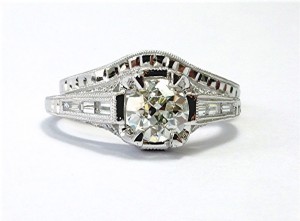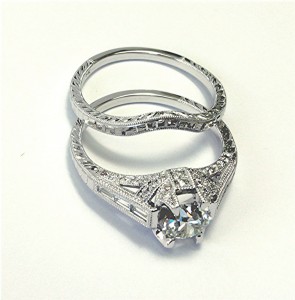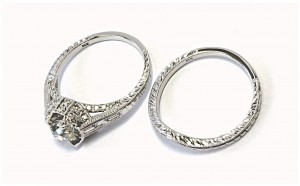
Custom Jewlery Manufacturer
Center stone is 2.51 carat round brilliant cut diamond. Mounting is made of platinum. Twenty diamonds is set “micro U cut” in one row. The crown is also set with 32 small pave set diamonds. 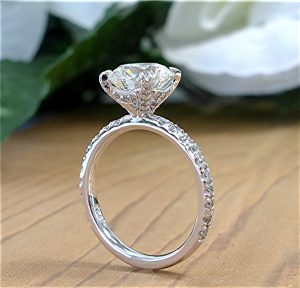
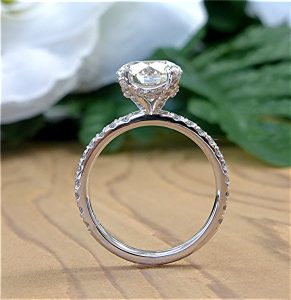
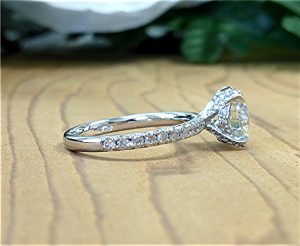
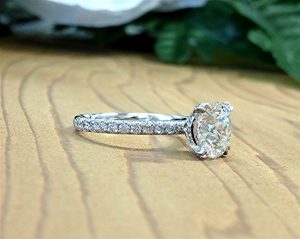
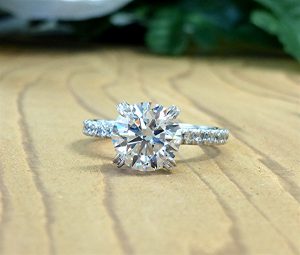
Includes 40 rose cut black diamonds total diamond weight 0.55 ct. with friction back post.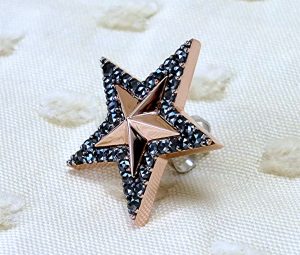
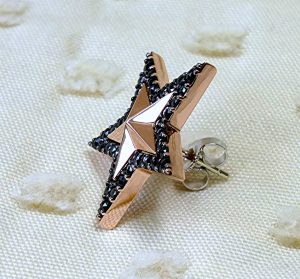
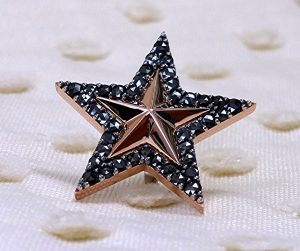
Made of 14k white gold contains diamond melee G, VS, 43 large plus 48 small totals 1.17ct. All micro U cut setting.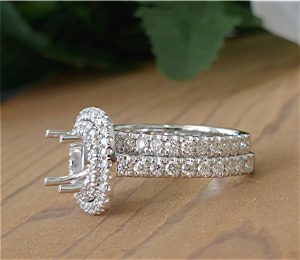
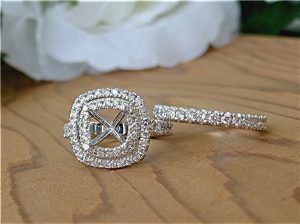
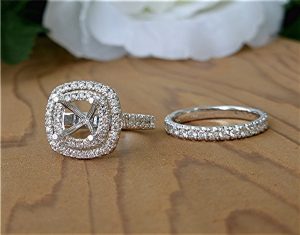
Using a sophisticated, custom-designed 3D printer, regenerative medicine scientists at Wake Forest University proved that it is feasible to print living tissue structures to replace injured or diseased tissue in patients.
As reported in Nature Biotechnology, the scientists printed ear, bone and muscle structures. When implanted in animals, the structures matured into functional tissue and developed a system of blood vessels. Most importantly, these early results indicate that the structures have the right size, strength and function for use in humans.
This novel tissue and organ printer is an important advance in quest to make replacement tissue for patients. It can fabricate stable, human-scale tissue of any shape. With further development, this technology could potentially be used to print living tissue and organ structures for surgical implantation.
3D printing is a promising technology for replicating the body’s complex tissues and organs. However, previous printers based on jetting, extrusion and laser-induced forward transfer have not produced structures with sufficient size or strength to implant in the body.
The Integrated Tissue and Organ Printing System (ITOP), developed over a ten-year period by scientists at the Wake Forest’s Institute for Regenerative Medicine, overcomes these challenges. The system deposits both bio-degradable, plastic-like materials to form the tissue “shape” and water-based gels that contain the cells. In addition, a strong, temporary outer structure is formed. The printing process does not harm the cells.
A major challenge of tissue engineering is ensuring that implanted structures live long enough to integrate with the body. The Wake Forest scientists addressed this in two ways. They optimized the water-based “ink” that holds the cells so that it promotes cell health and growth and they printed a lattice of micro-channels throughout the structures. These channels allow nutrients and oxygen from the body to diffuse into the structures and keep them live while they develop a system of blood vessels.
In these studies, a baby-sized ear structure (1.5 inches across) survived and showed signs of vascularization at one and two months after implantation.
This beautiful Art-Deco mounting is crafted for an inherited grandma’s 1.24 carat old European cut diamond. Forty four round brilliant cut diamond along with six baguettes on the shoulder for total diamond weight of 0.69 carat has been masterfully set in the engagement ring. Master hand engraver has decorated the 14k white gold engagement ring and the matching band.
